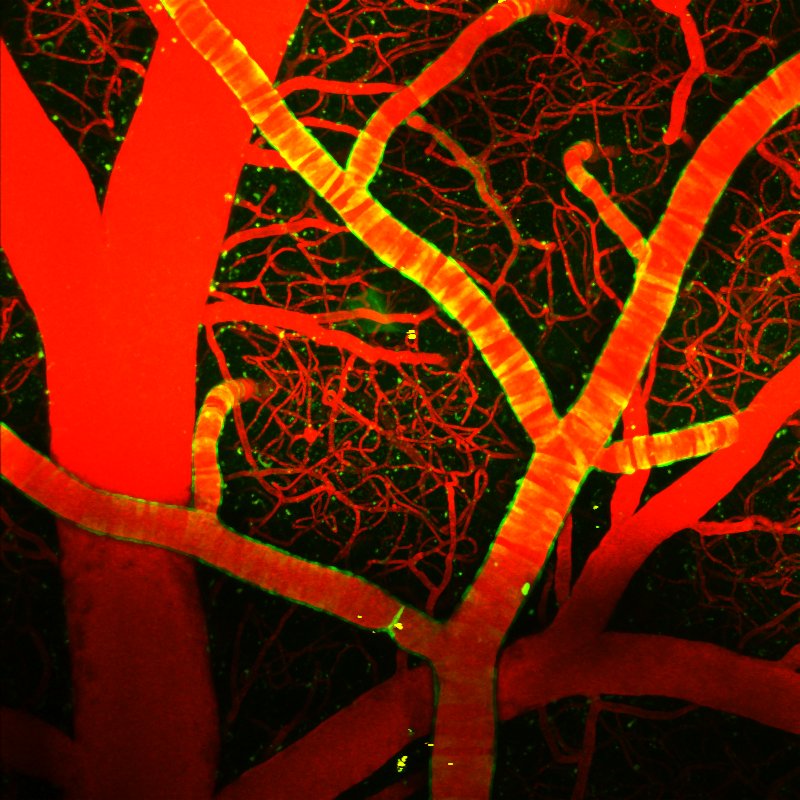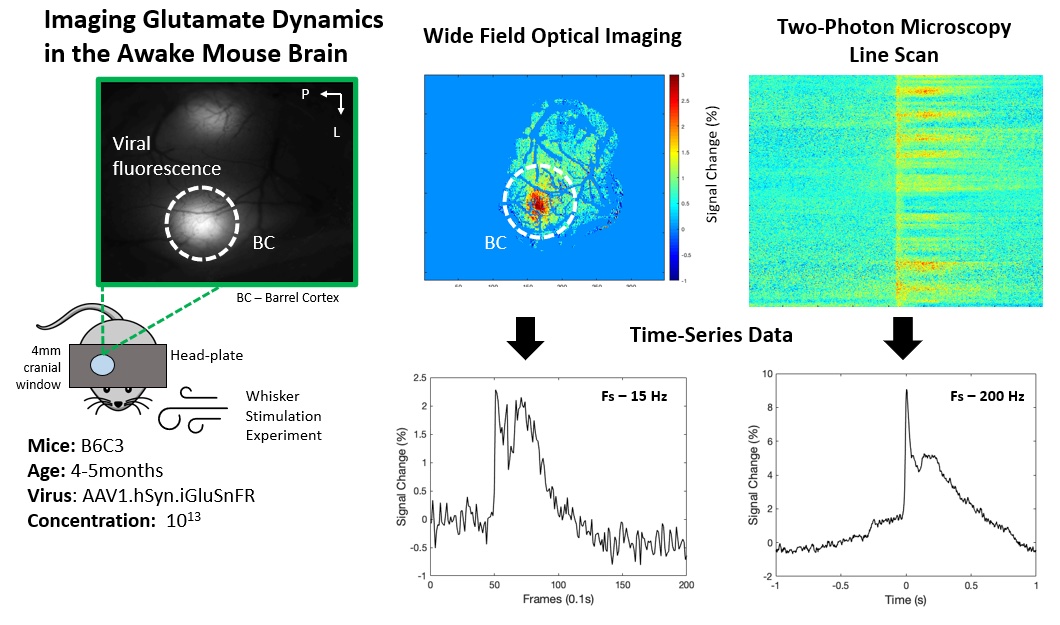
Welcome to the NeuroImaging Labat the University of Pittsburgh
Seeing, hearing, smelling, touching, and thinking require coordinated neuronal activity in specific brain regions. When neurons are activated, they require energy that is supplied by nutrients carried by the blood. This tight coupling between neuronal activity and the blood supply in time and space makes it possible for functional magnetic resonance imaging (fMRI) to precisely map brain functions. Unravelling neurovascular coupling mechanisms is not only crucial to better understand widely used modern imaging tools, like fMRI, but it also has important implications for disorders, such as in stroke and Alzheimer’s disease.
